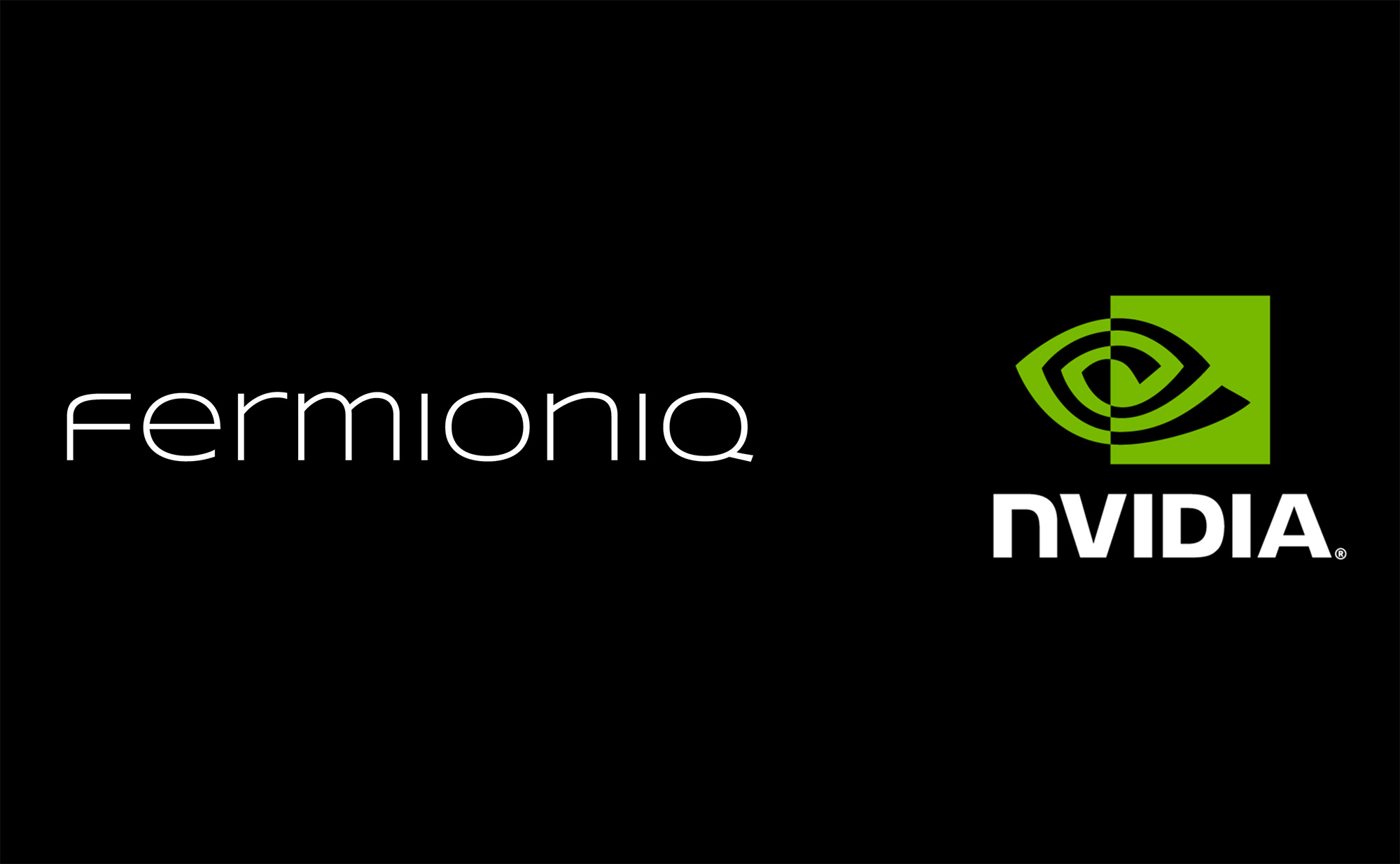Insider Brief
- Fermioniq’s Ava allows businesses and researchers to design and test quantum algorithms on significantly more qubits than are typically available via current-day hardware
- Ava’s arrival on the NVIDIA CUDA-Q platform enables a wide range of users to combine hybrid CUDA-Q programs with high-performance quantum emulators running on the latest NVIDIA technologies.
- The integration could help to accelerate the development of quantum solutions in pharma, chemistry, weather, finance, logistics, and more.
PRESS RELEASE — Dutch quantum computing startup Fermioniq has announced that its quantum emulation product, Ava, is the first third-party tensor network simulator to be available through the NVIDIA CUDA-Q platform. CUDA-Q users will be able to leverage the powerful emulation capabilities of Ava to run their quantum programs, accessing the platform via the cloud alongside real quantum hardware.
Testing and benchmarking quantum algorithms at scale is made challenging by the fact that quantum hardware, especially when having more than ~40 qubits, can be hard to access and/or costly to use. In addition, noise present in quantum hardware can introduce unwanted side-effects in the computation.
Ava can easily scale beyond the limits of conventional emulators (around 40 qubits) and most available quantum hardware, and provides a unique opportunity for quantum application developers to design, benchmark, and test quantum algorithms with large numbers of qubits.

Ava allows users to input highly flexible noise models, enabling hardware developers to create customizable simulations for investigating the effects of noise and guiding quantum hardware and algorithms development.
Offered as a cloud service, Ava provides emulation at a fraction of the price of quantum hardware, while delivering optimal performance using the NVIDIA GH200 Grace-Hopper Superchip. The integration with CUDA-Q combines the flexibility of programming in the CUDA-Q platform with the scalability of simulation in Ava, making large-scale emulation easily accessible to a wider audience.
Opening up new opportunities for quantum computing
“Ava’s arrival on CUDA-Q is an important step towards closer integration of high-performance quantum emulators with hybrid quantum-classical computing platforms,” Jörgen Sandig, CEO and co-founder of Fermioniq says. “Ava has successfully been used to accurately simulate challenging quantum circuits on 50-100 qubits, and can seamlessly scale to thousands of qubits for less challenging circuits. Ava combines highly customizable noise models, intermediate measurements and classical control, and online training of variational circuits, all running on the latest NVIDIA Grace Hopper superchips.”
In the future, the startup plans to further develop its technology to address demand for high-performance physics simulation technology in fields such as aerospace, chip design, structural engineering, automotive design, drug discovery, and weather modeling.
The Ava emulation platform takes just a few minutes for users to set up. The online documentation, description of the functionality, and tutorials can be found on Fermioniq’s website, alongside performance benchmarks and use cases.
“Quantum computers have reached the point where they can’t easily be simulated by a laptop. Still, prototyping experiments remains vital so as to not waste precious resources. Ava has been a high-performing and easy-to-use tool for us to significantly extend the reach of our classical simulations,” said Henrik Dreyer, Scientific Lead in the Condensed Matter group at Quantinuum.
“Fermioniq’s integration with CUDA-Q shows the increasing role simulation is playing in understanding large scale quantum hardware – something which only becomes possible through the power of AI supercomputing”, said Timothy Costa, Senior Director of CAE, EDA & Quantum at NVIDIA.
















